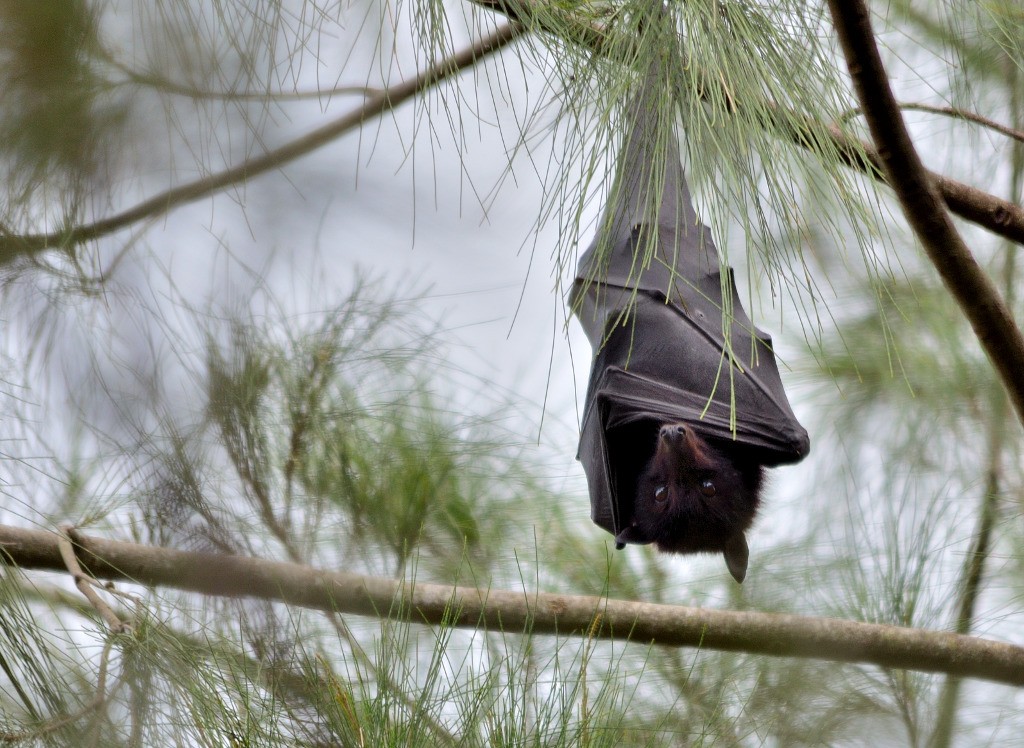Black flying fox
A species of Fruit bats, Also known as Torresian flying fox, Central flying-fox Scientific name : Pteropus alecto Genus : Fruit bats
Black flying fox, A species of Fruit bats
Also known as:
Torresian flying fox, Central flying-fox
Botanical name: Pteropus alecto
Genus: Fruit bats
Content
Description General Info
Description
The black flying fox has short, black hair with a contrasting reddish-brown mantle, and a mean forearm length of 164 mm (6.46 in) and a mean weight of 710 g (1.57 lb). It is one of the largest bat species in the world, and has a wingspan of more than 1 m. 
Size
15 - 19 cm
Life Expectancy
4.5-20 years
Nest Placement
Tree
Feeding Habits
Black flying fox, primarily a herbivore, feeds on pollen, nectar, and fruits. It exhibits foraging behaviors at night, relying on its keen sense of smell to locate food, and shows a particular preference for certain native flowering trees.
Habitat
Mangroves, paperbark swamps, patches of rainforest, bamboo forests
Dite type
Frugivorous
General Info
Feeding Habits
Bird food type

Fruit
Behavior
Black flying fox is a nocturnal, arboreal species, known for its social structure of large maternity colonies. It employs vocal communication for collaborative foraging of nectar, pollen, and fruits. Distinctively, this species exhibits communal care of offspring and territorial aggression during mating seasons.
Distribution Area
Black flying foxes are native to Australia (New South Wales, Queensland, Northern Territory and Western Australia), Papua New Guinea (Western Province) and Indonesia (West Papua, Sulawesi, Sumba, and Savu). 
Species Status
The black flying fox is not listed as threatened on the IUCN Red List; nevertheless, the species is exposed to several threats, including loss of foraging and roosting habitat, and mass die-offs caused by extreme temperature events. When present in urban environments, black flying foxes are sometimes perceived as a nuisance. Because their roosting and foraging habits bring the species into conflict with humans, it suffers from direct killing of animals in orchards and harassment and destruction of roosts. In Indonesia, this species is frequently consumed as bushmeat, with concerns that the population loss might not be sustainable. 
